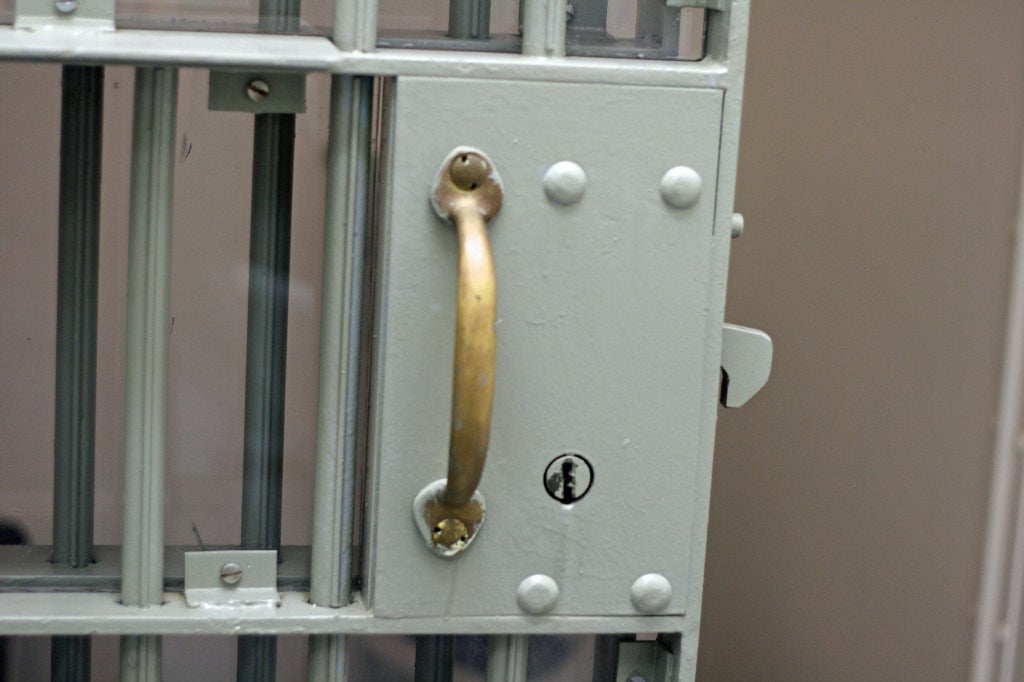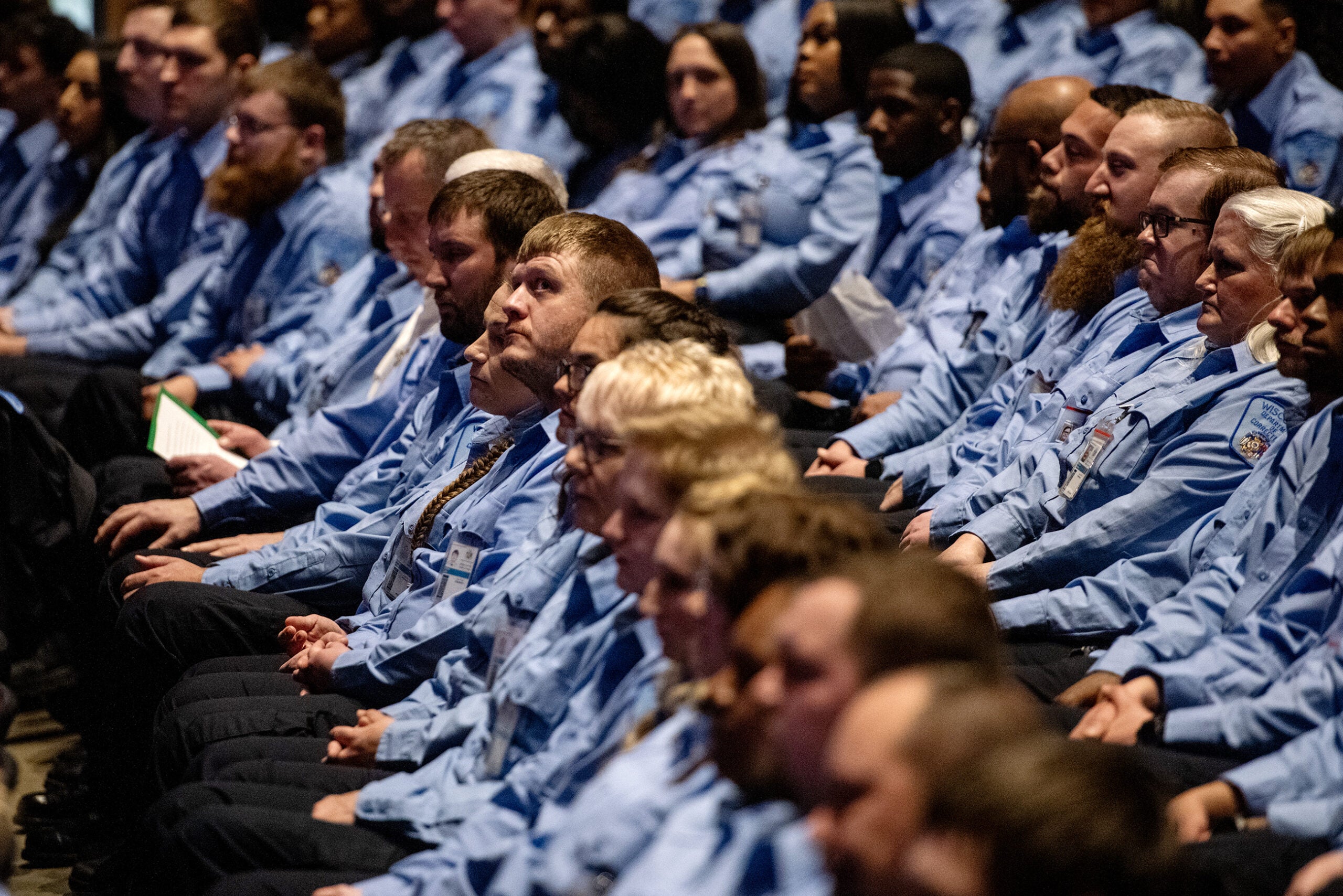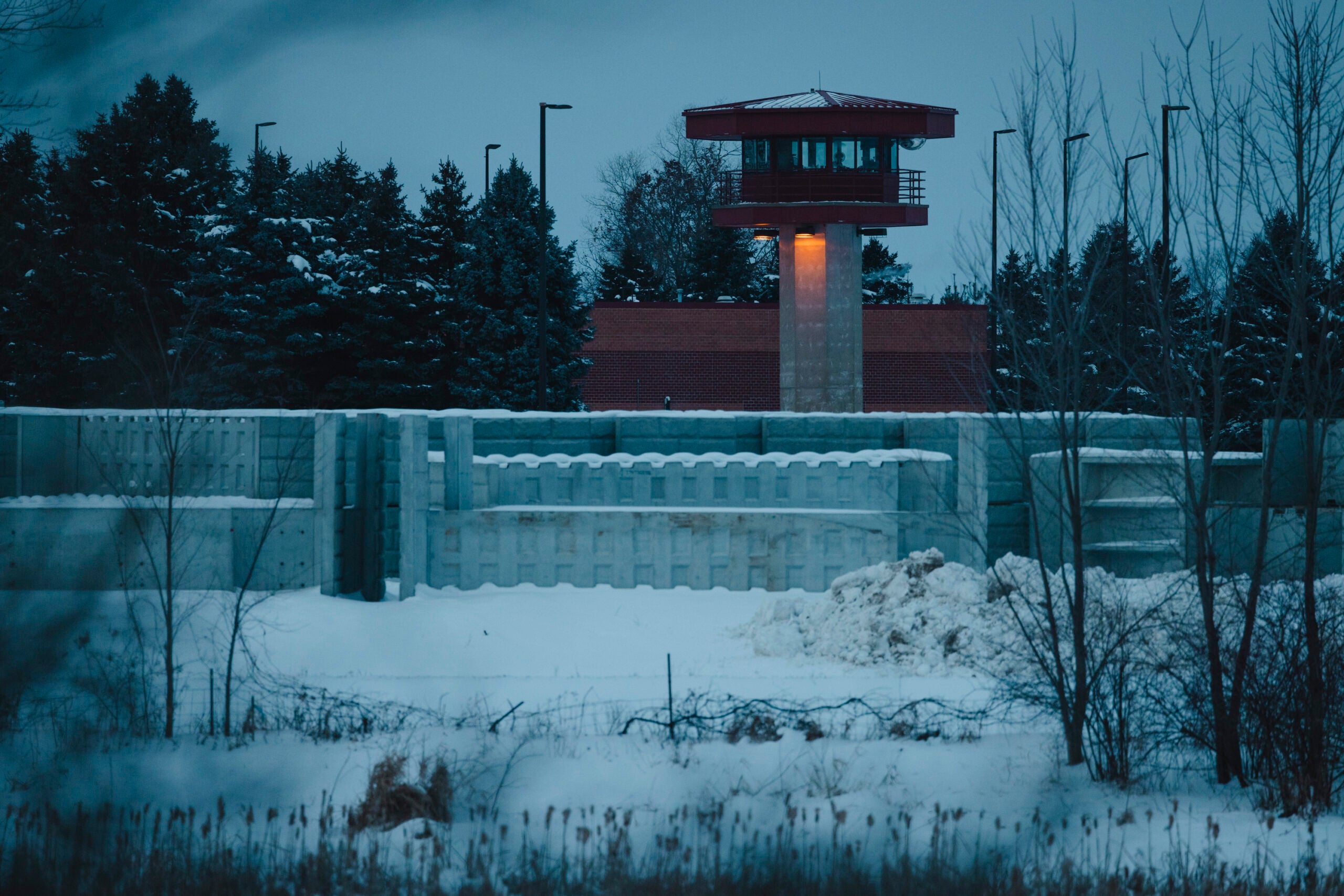Researchers at the Urban Institute, public policy think tank, have devised a system to help states predict which reforms are most likely to reduce prison populations. According to the study’s authors, significant reductions won’t happen unless states consider releasing at least some violent offenders.
Two years ago, prison reformers in Wisconsin proposed a strategy for cutting the state’s prison population in half by the end of 2015. It included releasing parole eligible prisoners many of whom are serving time for violent crimes. The state has not adopted the proposed reforms.
Urban Institute researcher Bryce Peterson said unless states start releasing violent offenders, little will change.
Stay informed on the latest news
Sign up for WPR’s email newsletter.
“A lot of people are afraid to talk about what to do with people in prison for violent offenses but they make up a very sizable chunk of the prison population,” Peterson said.
Today there are 22,453 inmates in Wisconsin prisons — almost 700 more than there were in 2013. Reformers say even adopting minor reforms like ending the practice of sending parolees back to prison for non-criminal rule infractions could lead to a reduction of 4,000 inmates.
Reverend Jerry Hancock of the group WISDOM said closing the revolving door for offenders on supervision by imposing non-prison sanctions when they break minor rules like missing too many appointments with their parole agent could save the state $200 million a year.
David Liners, director of WISDOM, said there’s no magic bullet for cutting prison populations but he believes the Urban Institute’s calculator can be useful, “if people use it to look at things realistically and say, ‘here’s a way to get a 5-percent reduction; we re-invest the savings from that in this other thing that brings a 10 percent reduction; then we can do this third thing,’ then it would be very, very helpful,” Liners said.
University of Wisconsin sociology professor Pamela Oliver, who has been analyzing the state’s prison populations for decades, said a key factor in in convincing policymakers to agree to release some violent offenders is to acknowledge that not all violent offenses are equal.
“The idea that anybody who has ever committed a violent offense should be locked up forever is just going to produce a very difficult and huge prison system,” Oliver said. “Not all violent offenders are murderers.”
Wisconsin Public Radio, © Copyright 2024, Board of Regents of the University of Wisconsin System and Wisconsin Educational Communications Board.




